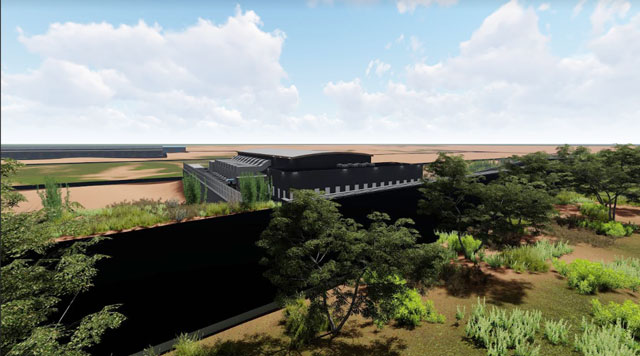
Kampala, Uganda | THE INDEPENDENT | Internet users in East Africa that stood at 92 million in January 2018, are slated to cross the 100 million users mark by end of 2018 and keep growing at an average 20% annually over the next 5 years.
With more and more fibre connectivity, thus faster speeds and falling prices of internet, as well as more and more governments adopting e-governance, East Africa’s ICT market is looking upwards. The “National Information Technology Survey 2017/18 Report” by Uganda’s National Information Technology Authority (NITA) indicates that the cost of internet has actually reduced by 62.5% from $632 per 1Mpbs in 2011 to $237 in 2018)
Much as digital transformation continues to accelerate, presenting an abundance of opportunities, there is an equally greater need to insulate against the potential risks that come along with the digital economy.
For example the same NITA report, indicated that whereas up to 71.4% of all government Ministries, Departments and Agencies (MDAs) reported experiencing some type of IT security incident in 2016/17, only 48.1% of MDAs and 38.1% of Local Government reported keeping backups off-site. NITA also reported that 80.5% of MDAs and 66.7% of Local Governments relied on local in-house capacity to host their applications and databases.
While there is no reliable information for the private sector, the trends cannot be any different.
Matter of fact, while internet usage/penetration in the East African region is raging, there is not an equal enthusiasm by especially organisations for data storage, business continuity and disaster recovery solutions. With the exception of Kenya where there has been significant investments in data centres, the rest of the region is lagging behind.
It is against this background that First Brick Holdings (FBH), a Roha Group company, has announced plans to build multiple data centers in the East and Southern Africa regions- a venture that will cost up to $50 million and see at least up to 5 data centres going live by 2022.
This announcement was made by Robert Mullins, FBH’s Executive Director at the just ended AfricaCom, the Largest African Telco, Media, and Technology Event, that took place in Cape Town from 13-15 November 2018.
“From mission-critical enterprise services to e-government initiatives, the digital transformation of East Africa is being held back by the lack of secure, scalable, reliable, low latency data storage solutions. By leading investment in, and development of, data centres in the region, we are unlocking this latent demand in the market and removing a significant barrier to the continued digital transformation
of this exciting and vibrant market,” said Robert Mullin in a press statement after the event.


First Brick is already in advanced plans to set up Raxio Data Centre at Namanve Industrial Business Park, a suburb of Kampala City- the first in a series of Data Centres across the region.
“Economic growth in East Africa is averaging between 5-10 percent across the region. When combined with parallel trends in digitalization and content consumption, we are seeing annual
data usage and associated storage requirements increasing by 20-30 percent,” commented
Mullins.
Raxio Data Centre Ltd. (“Raxio”) is delivering Uganda’s first state-of-the-art Tier III, carrierneutral
data centre in the Namanve Industrial and Business Park. Due to open mid-2019, the data centre will have capacity for up to 400 racks, delivering 1.5MW of IT power. The Raxio data centre will be a key pillar to Uganda’s digital economy, reducing the cost of connectivity in the country and attracting global cloud service providers, content distribution networks and regional carriers.
“Data centre installations in East Africa are lagging behind other emerging economies, despite
the region facing similar underlying trends in terms of the growth of data usage and storage
requirements,” said James Byaruhanga, General Manager, Raxio Data Centre Ltd.
“Businesses in Uganda are seeing their data requirements become increasingly more sophisticated and subject to data sovereignty compliance rules that necessitate local data storage and processing.
These dynamics, coupled with the expansion ambitions of some of the world’s biggest companies who are either already active in or looking to expand into the East African market, is driving the commercial need for data centres.”
 The Independent Uganda: You get the Truth we Pay the Price
The Independent Uganda: You get the Truth we Pay the Price


